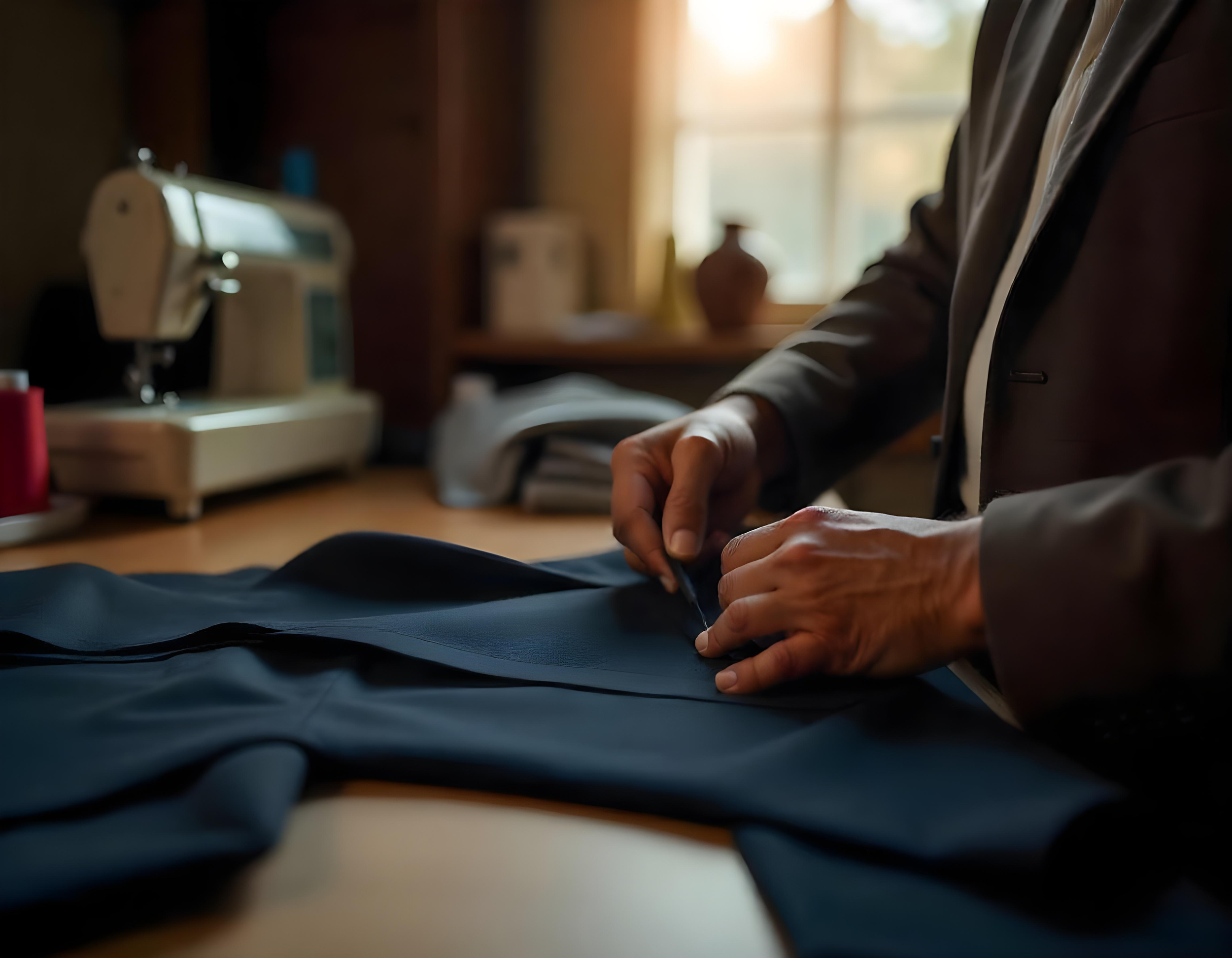6 Ways to Build a More Ethical Wardrobe
In a world flooded with fast fashion and fleeting trends, building a wardrobe that’s both stylish and ethical can feel like a luxury—but it doesn’t have to be.
Whether you’re a student on a tight budget or simply want to shop smarter, this guide will help you take steps toward a more conscious closet—without compromising on personal style.
1. Buy Less, Choose Better
We’ve been conditioned to believe that more clothes mean more style. But in reality, intentional dressing—choosing fewer, better pieces—creates a more personal, refined, and sustainable wardrobe.
Instead of chasing every trend, start by auditing what you already own. Which pieces do you love, wear often, or feel amazing in? These are the foundations of your style.
Next time you're tempted to buy something new, ask: Does this fill a gap? Will I wear it at least 30 times? Does it go with at least three things I already own?
This is the golden rule of ethical style—you don’t need more clothes; you need clothes that do more.
2. Support Ethical Brands (Big or Small)
Not all brands are created equal. Some prioritise profit over people, while others are actively reshaping the industry with fair wages, safe working conditions, and transparent sourcing.
Ethical brands can be found in all shapes and sizes—from global leaders like Patagonia and People Tree to local artisans or slow fashion start-ups creating handmade, seasonless pieces.
Even larger retailers are starting to offer ethical or eco-conscious collections. The key is to look beyond the marketing: research the brand's policies, certifications, and transparency. Click here to explore my 13 amazing ethical brands I love—from Irish artisans to European eco-labels.
The real luxury is knowing where and how your clothes were made.
3. Secondhand Is the New Luxury
Gone are the days when secondhand meant outdated or worn-out. Today, it’s a gateway to vintage treasures, high-end labels, and one-of-a-kind finds.
Thrifting allows you to extend the life cycle of garments that already exist, reducing the need for new production and saving resources. It’s also a powerful way to express your unique style—because no one else will have that exact 90s blazer or silk dress you just scored.
Start with online platforms like Vinted, Depop, or eBay if you prefer convenience. If you’re up for an adventure, visit charity shops or vintage stores in your area—you never know what gems you’ll uncover.
And the best part? You’ll often find better quality at a lower price.
4. Learn to Repair and Revive
We’ve been taught to toss clothes at the first sign of wear. But fashion doesn't have to be disposable.
Mending, altering, and refreshing your garments is not only cost-effective but also deeply satisfying. Whether it’s sewing a missing button, patching your favourite jeans, or overdyeing a faded shirt, these small acts breathe new life into your wardrobe.
Don’t worry if you’re not a sewing expert—there are countless YouTube tutorials, local tailors, or even visible mending workshops that make it fun and creative.
When you care for your clothes, they care for you.
5. Be Fibre-Smart
Fabrics have a footprint. Some—like virgin polyester, acrylic, or conventional cotton—require immense water, oil, or chemicals to produce. Others—like linen, organic cotton, hemp, or Tencel—are much gentler on the planet and often more breathable and comfortable to wear.
Learn to read garment labels. Start recognising the difference between synthetic and natural fibres. And whenever possible, choose single-fibre fabrics—they’re easier to recycle and often last longer.
Even small shifts—like switching from polyester to cotton basics—can make a measurable difference over time.
What your clothes are made of matters as much as how they look.
6. Use Your Influence (Yes, You Have It)
Whether you have 500 followers or 50,000, your choices ripple outward. When someone compliments your outfit and you proudly say, “Thanks, it’s secondhand” or “It’s from a sustainable label I love,” you plant a seed.
Style is storytelling. By curating a conscious wardrobe and talking about it—gently and honestly—you inspire others to think about their own choices.
You don’t need to preach or be perfect. You just need to lead by example.
Every time you choose ethics over ease, you help shape a better future for fashion.
🪡 Final Thought: Progress Over Perfection
You don’t need to overhaul your entire wardrobe overnight. Start with one change—one garment, one habit, one choice. Whether it’s buying less, buying secondhand, or just asking more questions before you shop, it all counts.
The ethical wardrobe isn’t about restriction. It’s about empowerment. About dressing in alignment with your values, your body, and your future.
Check out the comments section for extra reader suggestions :)






